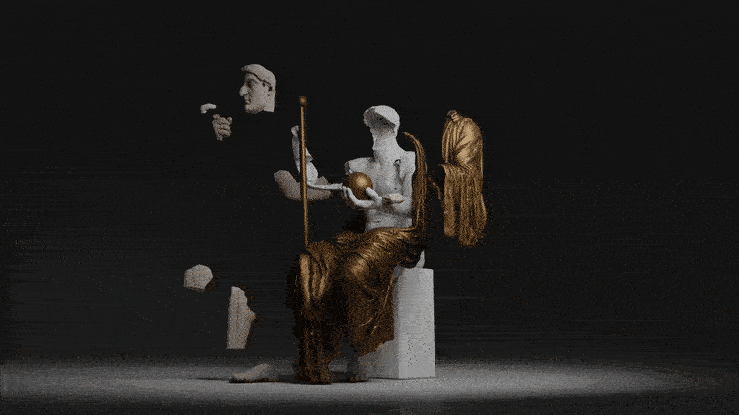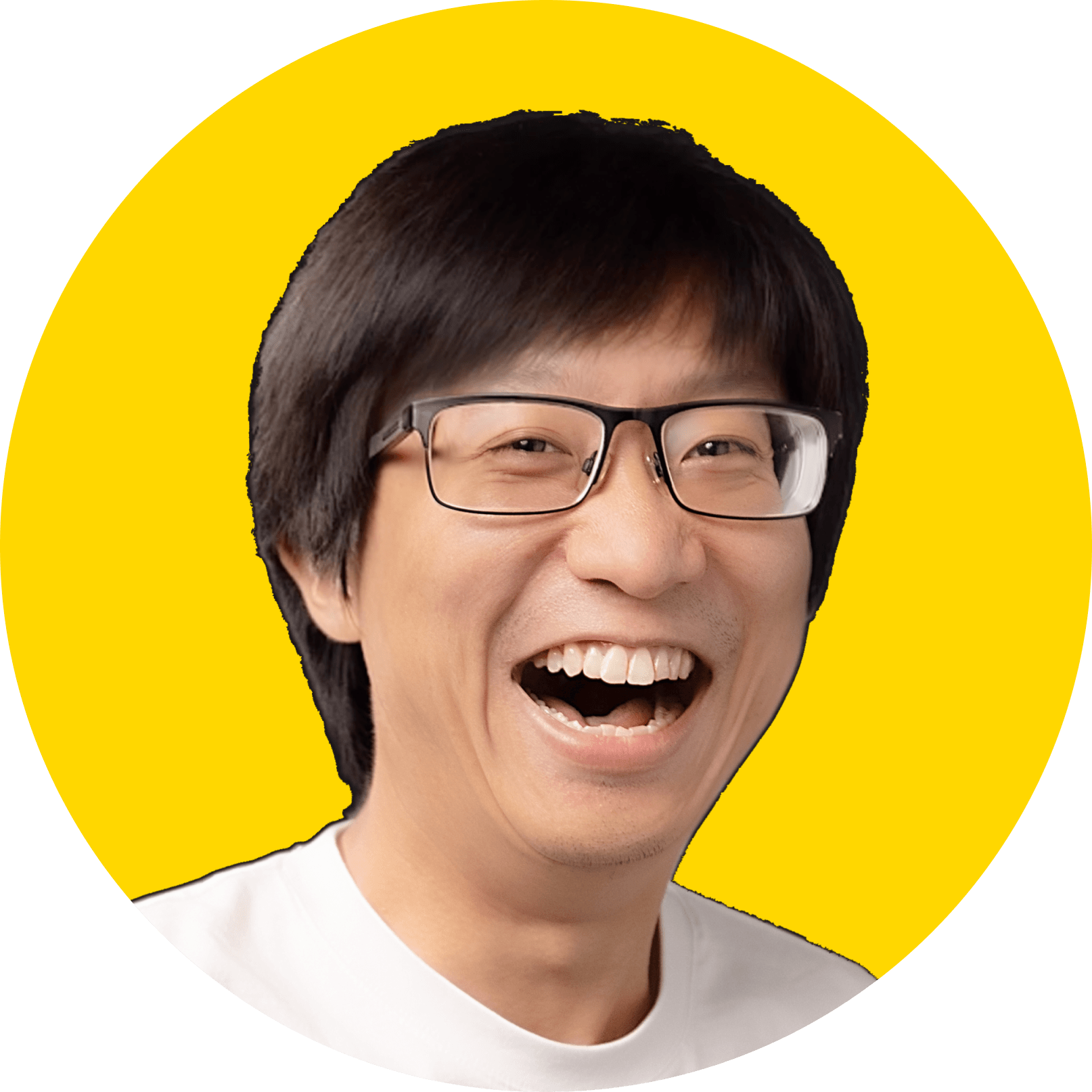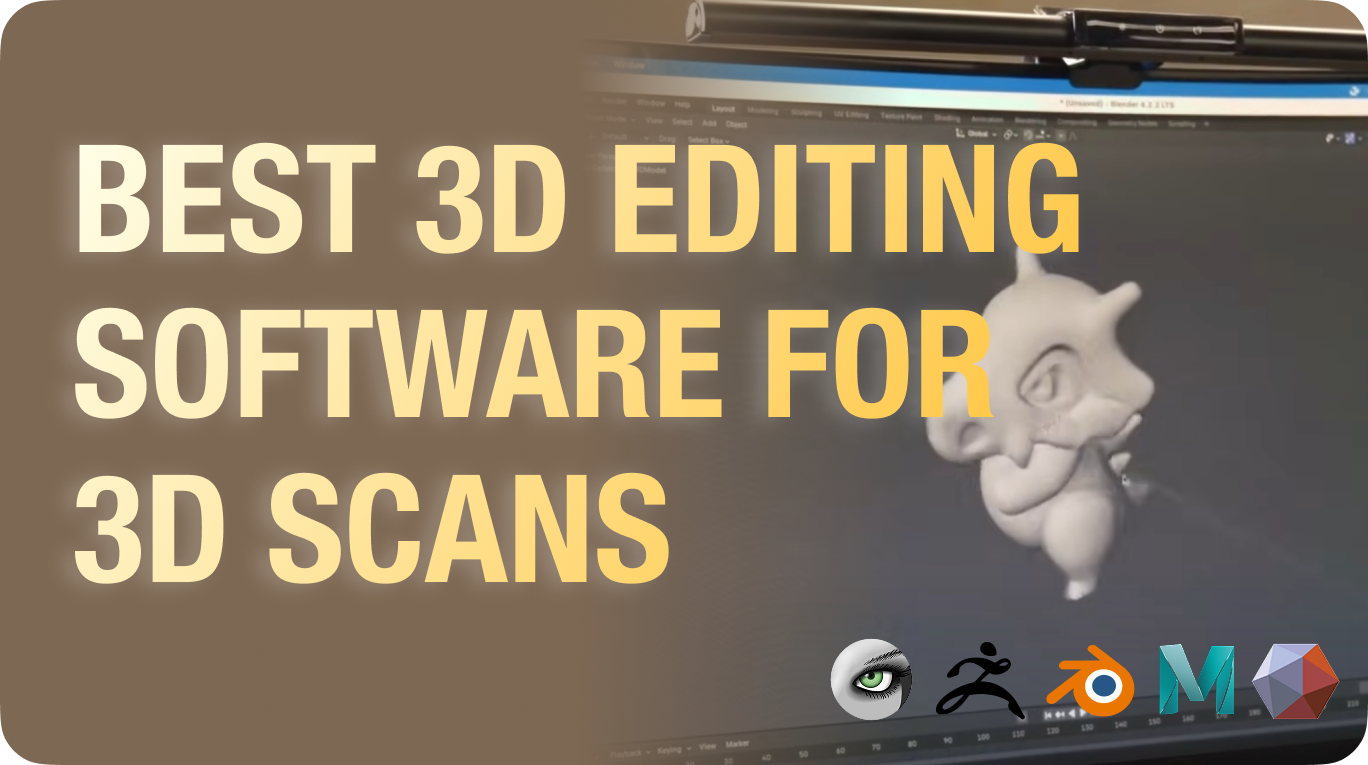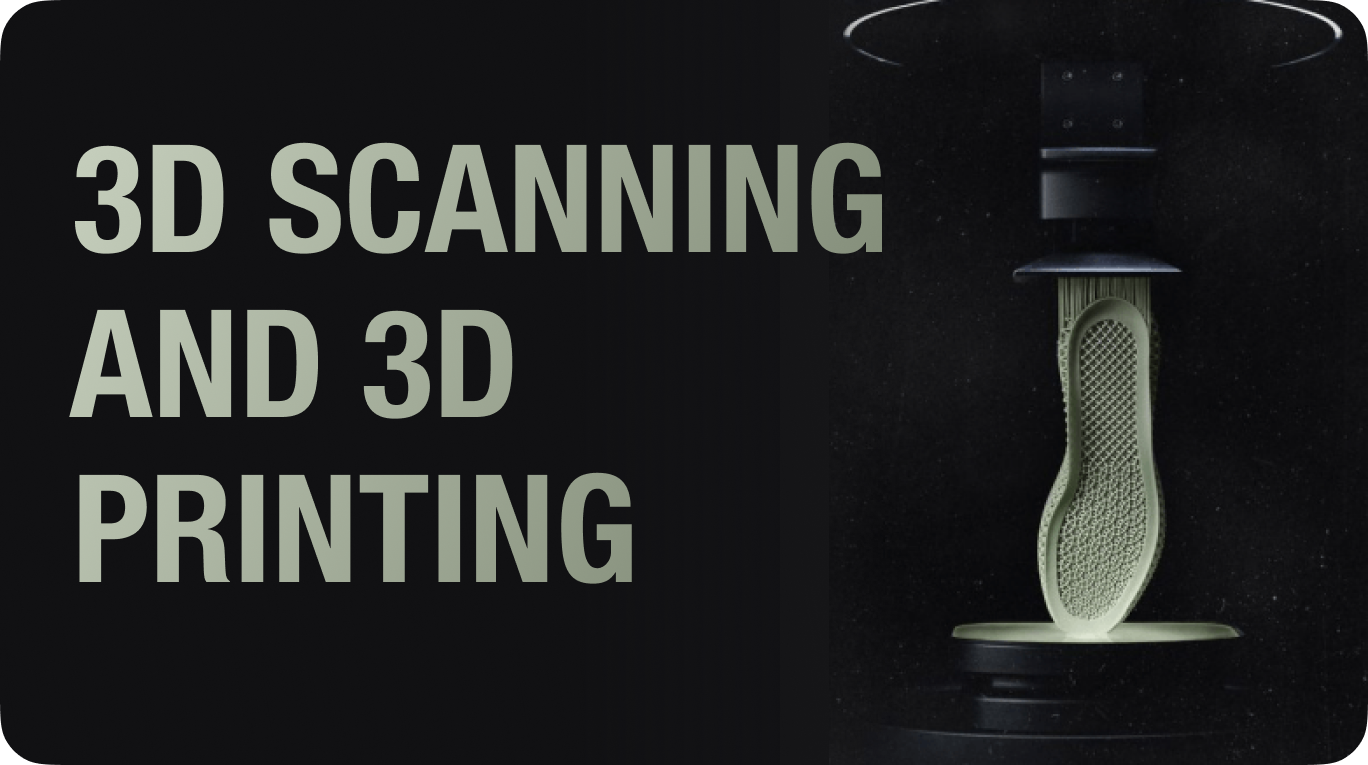Why use a smartphone 3D scanning app?
Smartphone 3D scanning apps like KIRI Engine make 3D scanning accessible to all by using photogrammetry to create detailed models quickly and easily, without the need for expensive equipment or complex workflows.
Introduction
Until recently, 3D scanning technologies used to be inaccessible for most people, due to high equipment costs, complex workflows, and steep learning curves. Today, smartphone 3D scanning apps like KIRI Engine allow anyone to 3D scan objects in a matter of minutes with their smartphones.
(Source: Rusty Dachshund Boot Scraper by Eydeet on Sketchfab )
KIRI Engine enables this by employing photogrammetry , a technology in which several photographs of an object taken from different angles are “stitched” together to create a 3D model. The stitching process is performed by an algorithm, and for KIRI Engine, this is done entirely in the cloud.
Photogrammetry may not be the most precise 3D scanning technology, but it allows virtually anyone to create quality, colored 3D scans that are suitable for a handful of applications.
Do you know what you can do with a smartphone 3D scanning app? Let’s take a look at some known applications and possible uses.
ARCHIVING AND DOCUMENTATION
3D scanning has long been an archiving tool for cultural heritage preservation. It can be used as a non-contact form of documentation to preserve the shape, colors, and texture of fragile decaying objects, while also allowing more researchers to access (digitally) these objects.
Take for example the Smithsonian’s Digitization Program , in which the American Institute is 3D scanning its huge collection of ancient and modern objects, including those that are not on display, and making them accessible to the public.
While you may think that organizations like the Smithsonian would use only high-end devices to digitize their collections, that’s not the case. For instance, the Factum Foundation (a European non-profit organization for digital preservation) also regularly employs photogrammetry in its projects.
A notable example is the recreation of the Colossus of Constantine statue. Fragments of the statue were digitized using photogrammetry and other technologies so 3D experts and art curators could rebuild the statue digitally and in real life.
 (Source: Factum Foundation)
(Source: Factum Foundation)
Entertainment
3D scanning is already widely used by the entertainment industry to digitize real-world objects and environments for movies, video games, and 3D animations. Instead of having to manually create every 3D model from scratch using modeling software, it’s much faster to digitize real things and work directly on those 3D scans.
For filmmaking, these 3D scans are used for computer-generated imagery (CGI) props, visual effects (VFX), and even characters. This is how many creatures from the first Lord of the Rings movie were created back in the early 2000s.
(Source: Weta Digital; New Line Cinema; INVERSE)
To create the terrifying Balrog, for example, a sculpted model was 3D scanned and turned into a digital 3D model. The VFX team was then able to add details and animate the model for the movie.
The gaming industry also regularly employs photogrammetry for creating 3D models and assets. The triple-A game series Forza is a known example, with its latest release “Forza Horizon 5”. Praised for its realistic looks, the team used photogrammetry to capture background environments and textures to turn them into usable 3D data.
Real-estate and digital tourism
Another great example of 3D scanning becoming a regular tool for traditional businesses is in the architecture, engineering, and construction (AEC) industry.
Instead of individual objects, entire environments are digitized to not only aid professionals in their regular day-to-day work tasks but also to create immersive digital experiences.
For instance, by 3D scanning an entire apartment, an architect can quickly create floor plan schematics from the captured data, automating a rather manual and time-consuming task and allowing the professional to focus on creative work instead.
Digitized environments also enable the creation of virtual walkthroughs with virtual reality (VR) headsets.
This is what VR company Varjo did with Koyasan Okunoin Cemetery, Japan’s largest cemetery, to showcase the potential of these technologies.
Using only photogrammetry and the open-source software Unity, the team was able to rebuild the cemetery digitally with an impressive amount of detail and create a virtual tour using VR tools.
Design and 3D Printing
Another area where 3D scanning stands out is 3D design, especially when used for reverse engineering processes. The concept of reverse engineering is not new, but it gained a new ‘meaning’ with modern technologies such as 3D scanning and 3D printing.
The goal of reverse engineering is to obtain as much information as possible about a part or a product: how it works, how it was created, etc. When digitizing an object, we can extract accurate information about its shape and form and use it for our design processes.
New products are rarely built from scratch, and having a digital copy of a component allows designers to iterate upon existing designs or use them as a reference for creating new interfacing parts.
This approach to reverse engineering is not exclusive to businesses. YouTuber Alex Cheparev recently recreated a broken plastic part from his straight edge clamp to fix it. He 3D scanned the broken part with KIRI Engine and used the 3D model as a reference to create a very similar yet slightly different version of it for 3D printing.
Wearables
Human bodies are especially difficult to reproduce using 3D modeling alone, as it is with most truly organic shapes. Accordingly, designing wearable products that require perfect fit is also particularly challenging.
Yet, by 3D scanning individual parts of the human body, medical experts can design personalized devices such as prosthetics and orthoses for patients without the lengthy and uncomfortable process of molding.
This is already very common in dentistry, where the patient’s mouth and dental arches are 3D scanned to create braces, invisible aligners, implants, and more. Digital dentistry can help greatly improve the patient’s experience.
There are more fun applications for body 3D scanning too, such as creating cosplay costumes. YouTube channel KamuiCosplay is famous for its incredible costumes and accessories, most of which rely on partial or full-body 3D scanned models for scaling and adjusting the parts for tight fit and comfort.
Here is an example of a 3D body scan done with KIRI Engine and shared by one of our users on Sketchfab:
Conclusion
Photogrammetry is a simple and powerful 3D scanning technology. With only a smartphone app, anyone can digitize objects for a variety of purposes.
There are many different cool applications for photogrammetry besides what was mentioned in this article. Join KIRI Engine’s Discord channel to find out what other users are 3D scanning with the app and get inspired for your own projects!
 Community Highlight
Community HighlightUnleash Your 3D Creativity with KIRI Engine: Join the Vibrant Community and Explore Stunning Models!
 Jack Wang · Jul 27, 2023
Jack Wang · Jul 27, 2023 Workflow
WorkflowEnhancing your 3D scans: which 3D editing software to use with KIRI Engine scans?
 Jack Wang · Feb 15, 2023
Jack Wang · Feb 15, 2023 Explained
Explained3D Scanning and 3D Printing: Pioneering an Era of Innovative Manufacturing
 Jack Wang · Jun 18, 2023
Jack Wang · Jun 18, 2023